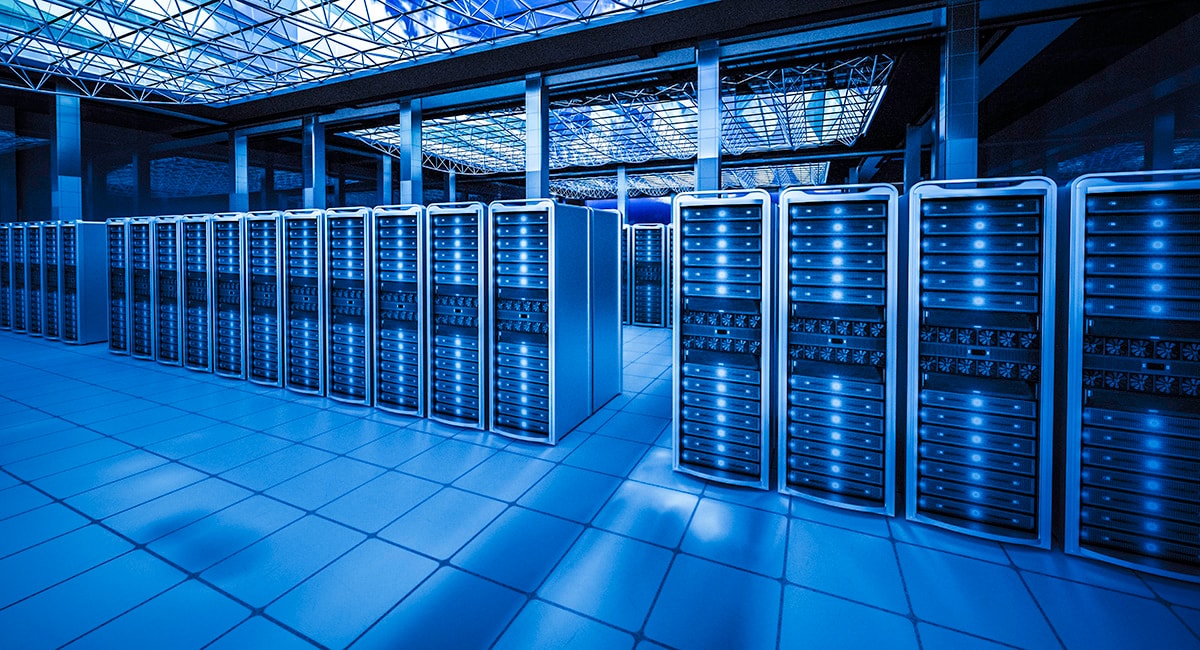January 07, 2021
How Power and Cooling Is Key to Business Operations
Maintaining and monitoring the power and cooling systems behind your mission critical IT systems need to be priority support actions.

Power and cooling systems for IT equipment are often an afterthought when it comes to day-to-day business operations. Yet they support the backbone of your entire organization, as most everything is connected to IT these days. Departments such as e-commerce, payroll, human resources and communications (think employees’ email or VoIP phones) rely on your servers to be up and running, and your networking equipment to keep everyone connected. A good way of thinking about power and cooling is to think of it the same way you think of your car.
Discover how CDW can assist in meeting your edge environment and other networking needs.
Let’s say you want to take a trip and you forget to check the tire pressure before departing, or you haven’t replaced your tires in a long time and they are heavily worn. Something as small as a nail or a bump in the road can cause your tire to blow out, and now you are stuck changing a tire. The tires, the engine, the brakes, these are all important components of your vehicle, and if you don’t maintain them properly you may end up in some sort of unpleasant event, preventing you from completing your journey. This is similar to how you should be thinking about your power and cooling equipment.
Maintaining Your Critical Power and Cooling Systems
Most computer rooms and network closets have some sort of uninterruptible power supply (UPS) system delivering clean backup power to the IT equipment in the space. You may have a single larger UPS system that supports everything, or several smaller ones. Power from the public utillity is not 100 percent reliable, and the servers and the routers don’t work very well if power is taken away or if power is of poor quality. In fact, they won’t work at all when the power goes out. A UPS is there to deliver consistent clean power, but if you neglect that UPS, it won’t be able to do its job forever.
A UPS has a battery that wears out over time, much like the tread on the tires of the car in the earlier comparison. The battery needs to be replaced every so often, and there are periodic maintenance checks (think rotating the tires or maintaining the right air pressure) that might need to be done on some larger UPSs to detect potential issues before they become a problem.
The same principle applies to cooling systems because the IT equipment will not operate properly if the environment gets too hot, too humid or too dry. Cooling systems typically have even more components that wear out or require regular maintenance. Let’s look at what can be done to decrease the chances of a breakdown causing an unwanted outage.
Maintenance and Support Coverage Plans
Smaller UPS systems may not have replaceable components beyond the batteries, but they still need to be looked after. The battery, which provides backup electricity in the absence of utility power, will typically last for 3-5 years. In some cases, such as a harsher environment, these batteries will need to be replaced more frequently. Adding extended warranty coverage will ensure that when the battery does need to be replaced, the cost will have already been accounted for and the delivery of the new battery will be quick.
For larger UPS systems, there are internal components that need to be replaced due to wear and tear, and it is necessary to have a trained technician perform this sort of work. Often with larger UPSs, you can purchase a maintenance plan, which allows for a highly trained technician to come out on a regular basis and inspect these internal components, identify potential problems and replace components before they break down.
Budgeting upfront for unexpected expenses with extended warranties and performing regular maintenance on the power equipment can increase the likelihood that those systems will performing properly when needed.
Monitoring Is as Important as Maintenance and Support
Key components of your IT network such as UPS or cooling units are often able to be monitored remotely. Much of the time, a UPS is tucked away in a closet or in a dark electrical room where staff do not regularly occupy those spaces. Out of sight, out of mind. By installing a network card or connecting this equipment to a building monitoring system, you can get notifications when there is a problem, allowing you to take action, even if its 2:00 a.m. on a Saturday and employees are not in the office.
Just like the “check engine” light in your car, an email or an alert from your UPS can be all you need to take action and address a potential problem before things become really dire. A good monitoring strategy is a necessary element of your maintenance and support plan.
Maintenance and Monitoring Supports Business Operations
The power and the cooling systems that support the servers, routers and storage devices on your network are the lifeblood of your organization. If these systems are not maintained and if they go unmonitored, your business operations may come to a screeching halt.
Having a good maintenance plan and keeping up with your support contracts must be high on the priority list. Sometimes these duties fall on IT staff, and sometimes they fall on facilities staff. Sometimes it’s both. CDW has the experience and expert staff to help you with all of power and cooling needs.

